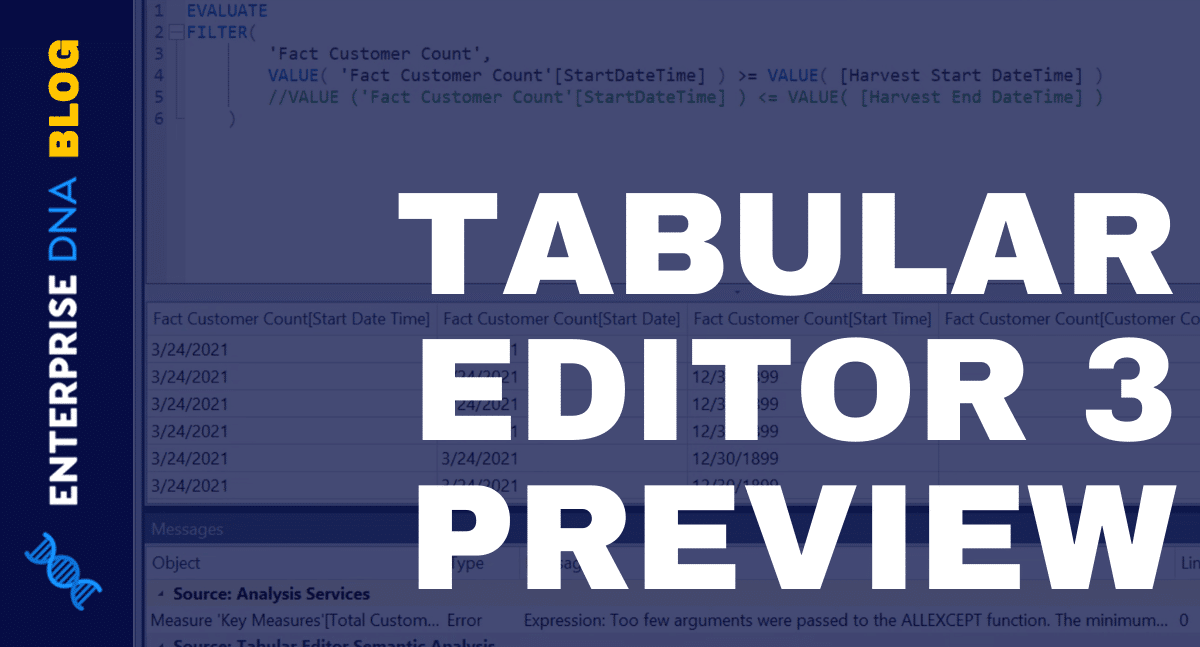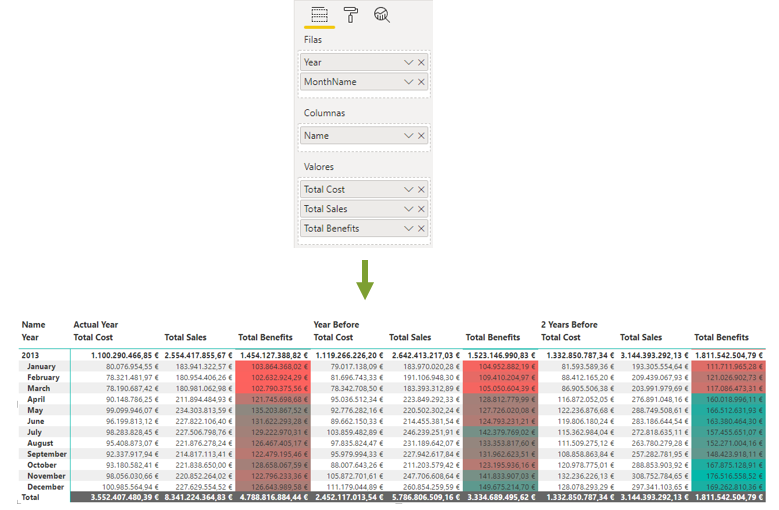

- BPA RULES TABULAR EDITOR HOW TO
- BPA RULES TABULAR EDITOR INSTALL
- BPA RULES TABULAR EDITOR ZIP FILE
- BPA RULES TABULAR EDITOR UPGRADE
The CSV format of the report includes information that is generated from the Pattern Detector output, sorted and organized by category type, sub-type, and importance level. If the cache has expired then the report will be regenerated before the CSV file is built and downloaded. Depending on your browser settings, this report will be automatically downloaded as a file with a default name of results.csv. When you click the CSV option from your AEM instance, the CSV format of the Best Practices Analyzer report is built from the content cache and returned to your browser. Interpreting the Best Practices Analyzer CSV Report
BPA RULES TABULAR EDITOR UPGRADE
This finding is very likely to be an upgrade issue that must be addressed to prevent loss of function or performance. This finding is likely to be an upgrade issue that should be addressed. This finding is potentially an upgrade issue. This finding is provided for informational purposes. To learn more about each Finding Category, refer to Pattern Detector Categories.įollow the table below to understand the importance levels: Importance Each section includes the following: Category name, sub-types, finding count and importance, summary, link to category documentation, and individual finding information.Īn importance level is assigned to each finding to indicate a rough priority for action. Finding Categories: Multiple sections that each address one or more findings of the same category.System Overview: Information about the AEM system on which the BPA was run.Finding Count: The total number of findings included in the report.Generation Time Period: The time spent by the report contents generation process.Expiration Time: When the report contents cache will expire.Report Time: When the report contents were generated and first made available.Report Overview: Information about the report itself that includes the following information:.When the Best Practices Analyzer tool is run in the AEM instance, the report is displayed as results in the tool window. Interpreting the Best Practices Analyzer Report Refer to documentation to determine compatibility with AEM as a Cloud Service. The ACS Commons findings should not be ignored. You have the option of downloading the report in a comma-separated values (CSV) format by clicking on Export to CSV, as shown in the figure below. The above action will automatically scroll to the location of that finding in the report. To get more details about a particular finding, you can click on the number that corresponds to the type of finding in the table. Once the BPA report is generated, it displays a summary and the number of the findings in a tabular format organized by the type of finding and the importance level. It displays the number of items analyzed and also displays the number of findings found. While the BPA is generating the report, you can see the progress made by the tool on the screen. Select Adobe Experience Manager and navigate to tools -> Operations -> Best Practices Analyzer.Ĭlick on Generate Report to execute the Best Practices Analyzer.

BPA RULES TABULAR EDITOR HOW TO
Viewing the Best Practices Analyzer Report Adobe Experience Manager 6.3.0 and laterįollow this section to learn how to view the Best Practices Analyzer report:

BPA RULES TABULAR EDITOR INSTALL
You can install the package via Package Manager on your source Adobe Experience Manager (AEM) instance.ĭownload the Best Practices Analyzer from the Software Distribution portal.
BPA RULES TABULAR EDITOR ZIP FILE
The Best Practices Analyzer can be downloaded as a zip file from the Software Distribution portal. During the generation of report contents you may close your browser tab and return at a later time to view the report once its contents are available in the cache. Viewing and downloading the report should be relatively fast because it utilizes the content cache until it expires or the report is explicitly refreshed. The amount of time required is highly dependent on the size and nature of the AEM repository content, the AEM version, and other factors.īecause of the significant time that may be required to generate the report contents, they are generated by a background process and held in a cache. The generation of BPA report contents can take a significant amount of time, from several minutes to a few hours. Alternatively, it can be run on a clone of the production Author environment. In order to avoid an impact on business critical instances, it is recommended that you run BPA on an Author environment that is as close as possible to the Production environment in the areas of customizations, configurations, content and user applications.


 0 kommentar(er)
0 kommentar(er)
